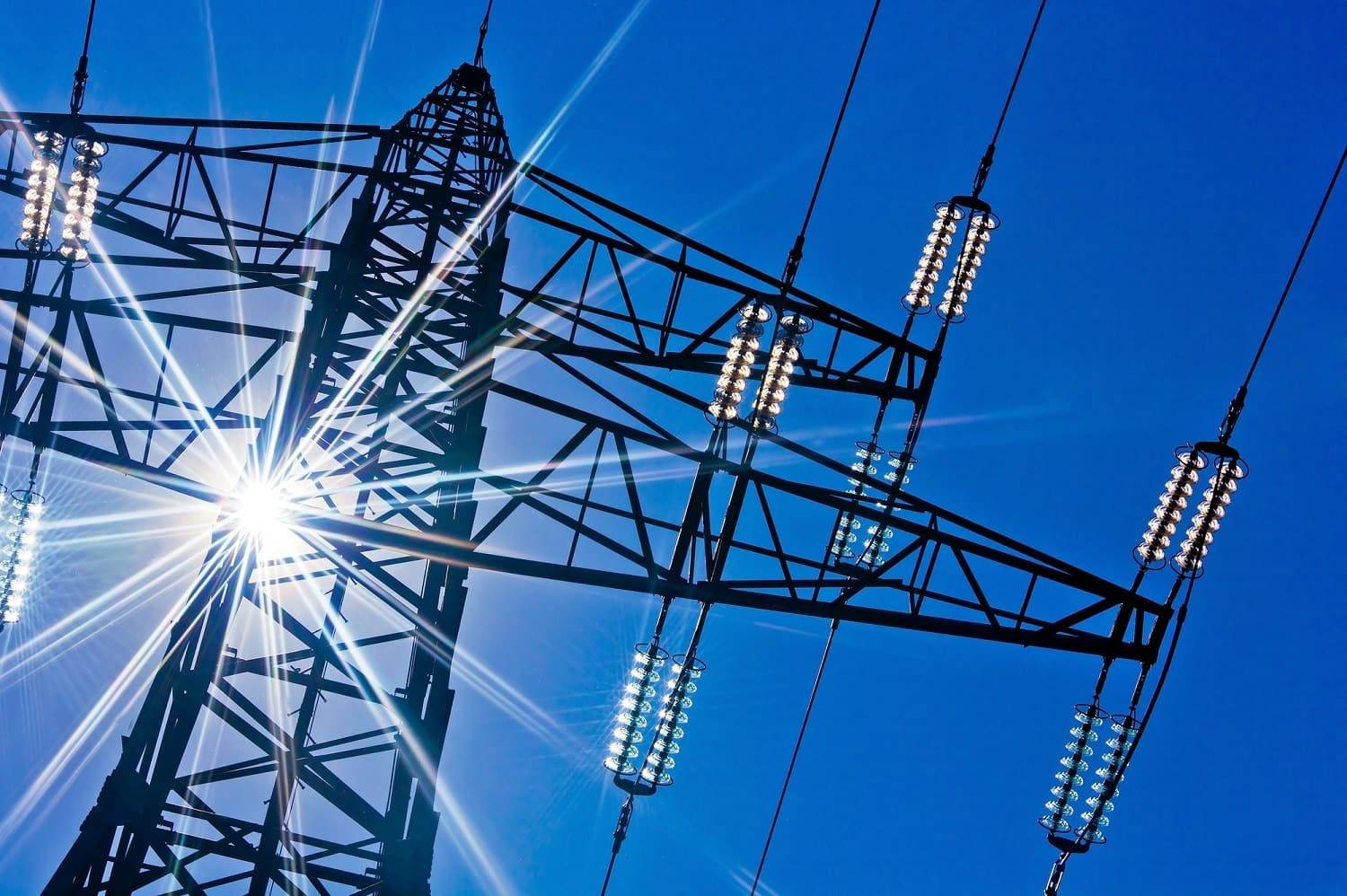Many scientists have been inspired by this structure to seek bold new ways for humans to reach a new level of technological development.
Commonalities between hydrogen and metal
Like many metals, hydrogen gives up its valence electron and gains a positive charge during chemical reactions. What distinguishes it from other metals is that hydrogen atoms are incapable of joining to form crystal lattices in the way that metal atoms do.
However, scientists have long wondered how hydrogen would react under different conditions, such as a significant increase in pressure. These conditions could help to change hydrogen’s atomic structure and bring its properties closer to those typical of metals.
Holy-grail formula of metallic hydrogen: research path
In 1925, English physicist John Bernal was the first to make such a hypothesis.
A decade later, in 1935, American physicist Eugene Wigner and his colleague, doctor Hillard Bell Huntington, theorised that hydrogen could occur in a metallic state and behave like a superconductor if exposed to certain conditions.
In 1968, Neil Ashcroft, a professor from Cornell University (US), posited that metallic hydrogen would have superconducting properties at room temperature.

Since then, there have been many practical attempts to transform hydrogen into metal.
In 2017, the journal Science wrote that a pair of scientists from Harvard University (US) had successfully turned hydrogen into metal by squeezing it between two polished synthetic diamonds at an extremely high pressure and low temperature, in what is known as a diamond anvil cell. According to the scientists, the sample of hydrogen exposed to pressure became highly reflective, a characteristic of a metal.
Unfortunately, in an attempt to obtain an experimental specimen, one of the diamonds broke into pieces and the metallic hydrogen sample was destroyed.
However, many other researchers have criticised the Harvard scientists’ claims, including Eugene Gregoryanz according to Science journal. A physicist from Edinburgh University (UK) noted that their research included only a single measurement of the sample at its highest pressure point, rather than demonstrating how the pressure changed during the experiment.
Two years later, on 13 June 2019, the Cornell University portal arXiv.org published a new report that scientists had succeeded in creating the purported metallic hydrogen by compressing the material at incredibly high pressures and extremely low temperatures.
As a result of the new experiment, which included additional measurements to address past scientific criticism, the hydrogen took on metallic properties, becoming lustrous, reflective and capable of conducting electricity. If their research is confirmed, the world will at last see the elusive metallic hydrogen, which was first predicted by theoretical physicists at the beginning of the twentieth century.

While the French research reported in 2019 has yet to undergo peer review, it is “definitely a very substantial step ahead” of the previous research, according to physicist Alexander Goncharovof the Carnegie Institution for Science in Washington, DC.
Other researchers remain more sceptical. According to sciencenews.org Mr. Gregoryanz, one of the scientists who has previously criticised such experiments, stated that he did not find the new experiment convincing and noted that many previous claims of metallic hydrogen were ultimately disproven.
“Some aspects of the result disagree with previously published measurements of hydrogen at high pressure,” says physicist Isaac Silvera of Harvard University, who with his colleagues reported observing hydrogen turning into a metal in the 2017 research.
On 29 January 2020, the journal Nature reported that French researchers had found evidence of a reversible phase transition of hydrogen to metallic hydrogen at a pressure of 425 gigapascals. During the experiment, they emitted a beam of infrared light down through a diamond anvil cell containing compressed hydrogen. The test sample blocked all infrared and visible light and its reflectivity abruptly increased at a pressure above 425 gigapascals, which is viewed in the scientific community as almost incontrovertible proof that the hydrogen sample had indeed transitioned into a metal. The researchers are now looking to repeat the experiment to determine whether the metallic hydrogen conducts electricity.
Importance and applications of metallic hydrogen
Scientists have been striving to create metallic hydrogen for one primary reason: its purported superconducting properties.

Today, electricity travelling along a wire dissipates energy, mainly in the form of heat due to material resistance. That is why it is so difficult to transmit electricity across vast distances. However, current passing through a superconducting material dissipates practically no energy.
Unlike other known superconductors that need to be cooled down to very low temperatures, metallic hydrogen is expected to be a room-temperature superconductor.
The researchers’ main goal is to create a superconductor that will require neither cooling nor the continuous application of high pressure. Once created, such a material can be used in electronics and help to save a tremendous amount of energy and money.
In addition, the discovery of hydrogen in metallic state has the potential to become a driver for other scientific advances. For example, metallic hydrogen-based fuel is the viewed as the ‘holy grail’ of many physicists and astrophysicists. Today, around 80% of the global energy industry is based on hydrocarbon fuel. Coal, oil and gas combustion is inefficient and has an adverse environmental impact. Furthermore, the reserves of such fossil fuels are limited.

Using metallic hydrogen as an alternative fuel can be much more efficient and environmentally friendly. Hydrogen is also the most abundant element on earth. Using such fuel for space rockets, for example, has the potential to create enormous thrust and send heavier loads into orbit.
